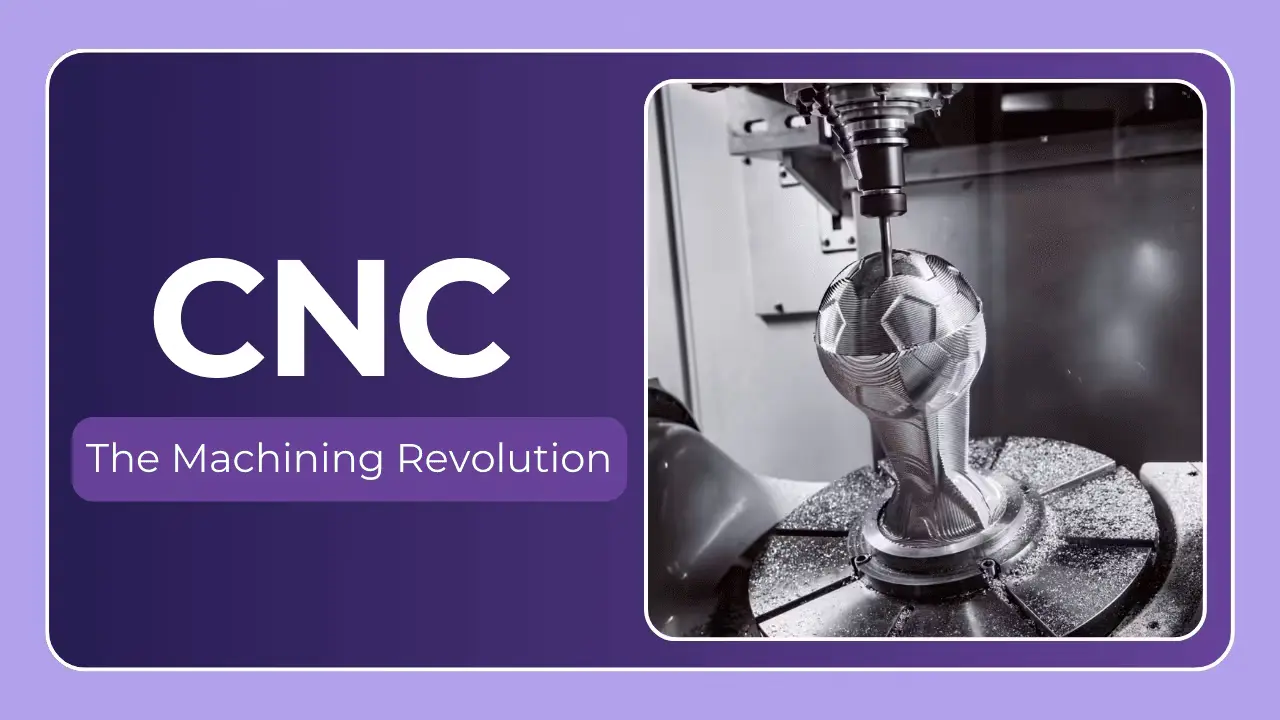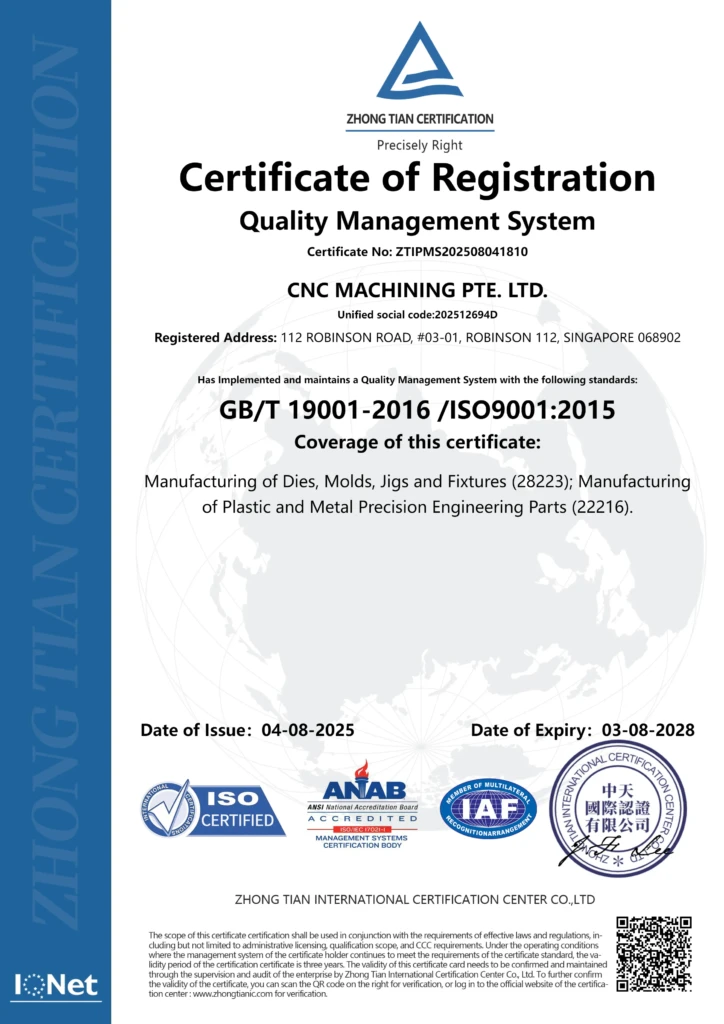Delving into the World of 5-Axis CNC Machining
For decades, CNC machining has been a cornerstone of modern manufacturing, enabling the precise and repeatable creation of complex parts. While 3-axis machining remains prevalent, the demand for even more intricate geometries and higher efficiency has driven the adoption of 5-axis CNC machining. But what exactly is it, and why is it becoming so crucial? This article will break down the fundamentals of 5-axis CNC machining, its benefits, applications, and considerations for those looking to incorporate it into their manufacturing processes.
Understanding the Axes: From 3-Axis to 5-Axis
Let’s start with the basics. Traditional 3-axis CNC machining moves a cutting tool along three linear axes: X, Y, and Z. Think of it as moving up/down (Z), left/right (X), and forward/backward (Y). This allows for cuts on relatively simple shapes, but often requires re-fixturing the workpiece to machine different sides. This re-fixturing introduces potential for error, increases setup time, and limits geometrical complexity.
5-axis machining adds two rotational axes, typically designated as A and B (though C is also used, we’ll discuss that later). These rotational axes allow the cutting tool – or the workpiece – to move around multiple angles. This vastly expands the range of possible cuts without needing to manually reposition the part.
Here’s a breakdown of common 5-axis configurations:
| Configuration | Axis Description | Common Applications | Strengths | Limitations |
|---|---|---|---|---|
| Trunnion Table (A+B) | A-axis rotates around the X-axis, B-axis rotates around the Y-axis; Workpiece rotates. | Aerospace components, molds & dies, impellers | Excellent surface finish, complex undercuts, accessibility | Can suffer from singularities (loss of rigidity) at certain orientations. |
| Swivel Head (A+C) | A-axis rotates around the Z-axis, C-axis rotates around the X-axis; Cutting tool rotates. | Automotive tooling, turbine blades, medical implants | Good for deep, narrow features, avoids singularity issues of trunnion tables | Limited workpiece size, potential for tool deflection. |
| Table-Table (B+C) | B-axis rotates around the Z-axis, C-axis rotates around the X-axis; Both workpiece and tool can rotate. | High-precision components, molds requiring complex surfaces | High versatility, good for very complex geometries | Can be more complicated to program. |
| 5-Axis Head/Head (A+B or A+C) | Both Head and Table move simultaneously | Complex mold making and die sinking | Very efficient | Limited cutting volume |
Understanding these configurations is crucial when selecting a 5-axis machining center for a specific application.
The Benefits of Moving to 5-Axis Machining
So, why invest in this more complex technology? The advantages are significant:
- Increased Complexity: The most obvious benefit. 5-axis machines can produce incredibly intricate shapes and features that are simply impossible or impractical with 3-axis machining. This directly translates to design freedom.
- Higher Accuracy & Surface Finish: Fewer setups mean fewer opportunities for errors. And, because the tool can maintain optimal cutting angles, you achieve superior surface finishes, often eliminating or reducing the need for secondary operations like polishing.
- Reduced Setup Times: Eliminating re-fixturing drastically cuts down on setup time, leading to faster turnaround and increased productivity. A single setup can accomplish operations that previously required multiple.
- Shorter Cycle Times: Optimized toolpaths and the ability to machine multiple sides and features in a single operation significantly reduce overall machining time.
- Improved Tool Life: Maintaining optimal cutting angles and reducing vibration extends tool life, leading to lower tooling costs.
- Undercut Machining: 5-axis capability is invaluable for creating undercuts and complex internal features, crucial in industries like aerospace and medical.
- Greater Material Removal Rates: The ability to present the optimal cutting surface to the tool leads to more efficient material removal.
Applications Across Industries
The versatility of 5-axis machining has made it indispensable in several key sectors:
- Aerospace: Crucial for manufacturing complex turbine blades, engine components, and structural parts with tight tolerances and demanding material requirements (e.g., titanium, Inconel).
- Medical: Ideal for creating intricate implants, surgical instruments, and prosthetics with biocompatible materials. The ability to achieve smooth, complex surfaces is particularly important.
- Automotive: Used for prototyping, tooling, and manufacturing high-performance engine components, molds for composite parts, and complex interior trim pieces.
- Mold & Die Making: Creating complex molds for plastic injection molding, die casting, and forging relies heavily on 5-axis capability.
- Energy: Manufacturing components for oil & gas exploration, wind turbines, and other energy-related applications.
- Defense: Producing complex components for a variety of defense applications, often requiring high precision and specialized materials.
Considerations Before Implementing 5-Axis Machining
While the benefits are clear, transitioning to 5-axis machining isn’t without its challenges:
- Higher Initial Investment: 5-axis machines are significantly more expensive than 3-axis machines.
- Complex Programming: 5-axis programming requires specialized CAM software and skilled programmers. Collision avoidance becomes much more crucial and complex.
- Skilled Operators: Operating and maintaining a 5-axis machine requires a highly trained and experienced workforce.
- Maintenance: The increased complexity of the machine necessitates a robust maintenance schedule.
- Tooling Costs: Specialized tooling may be required for certain 5-axis applications.
- Simulation is Crucial: Before running any program, comprehensive simulation is essential to identify and avoid potential collisions and ensure accurate machining.
CAM Software and Toolpath Strategies
The success of 5-axis machining relies heavily on powerful CAM (Computer-Aided Manufacturing) software. These tools are responsible for generating the complex toolpaths necessary to utilize all five axes effectively. Key features to look for in CAM software include:
- Collision Detection: Critical for preventing damage to the machine, tooling, and workpiece.
- Multi-Axis Toolpath Generation: Support for a variety of 5-axis strategies, including:
- Continuous 5-Axis: Maintains constant contact between the tool and the workpiece.
- 3+2 Axis (Positioning): Uses 3 axes for cutting with the A and B/C axes used for positioning the workpiece.
- Swarf Machining: Specialized toolpaths for efficiently removing material.
- Optimization Tools: Features for optimizing toolpaths for speed, surface finish, and tool life.
CNC MACHINING PTE. LTD: Your 5-Axis Machining Partner in Singapore
At CNC MACHINING PTE. LTD, we understand the complexities of 5-axis CNC machining. We’ve invested in state-of-the-art equipment and a highly skilled team to deliver precision-machined components to meet your exact specifications. We specialize in tackling challenging projects with difficult geometries and demanding material requirements. Beyond machining, we offer a comprehensive suite of post-processing and finishing services, providing a true one-stop solution for your manufacturing needs. We are equipped to handle a broad range of materials and prioritize rapid turnaround times and competitive pricing.
Conclusion
5-axis CNC machining represents a significant leap forward in manufacturing capability. While it requires a greater investment and expertise than traditional methods, the benefits in terms of complexity, accuracy, efficiency, and surface finish are undeniable. As industries continue to demand increasingly sophisticated parts, 5-axis machining will undoubtedly become even more prevalent. If you’re facing challenging machining requirements, exploring the possibilities of 5-axis technology is a worthwhile investment. Contact CNC MACHINING PTE. LTD today to discuss your project and discover how we can turn your designs into reality with precision and efficiency. Customizing your precision parts at the best price has never been easier!




